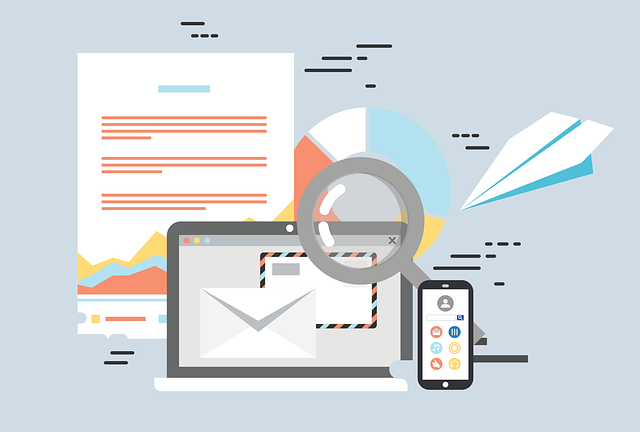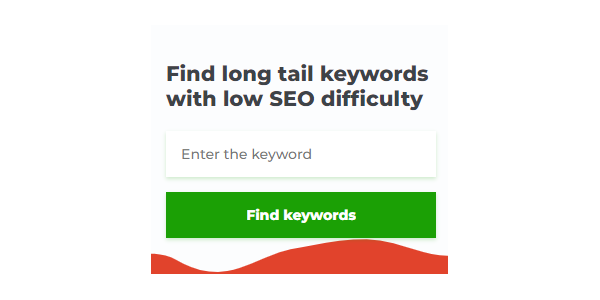
In order to establish significant connections with your customers, ensure that they are well-informed about your products and services and consistently capture their interest, incorporating email into your marketing strategy is essential for the year 2023.
Email marketing is considered to be the primary strategy for 89% of marketers, and it is estimated that the global email marketing market will reach $17.9 billion by 2027. Therefore, now is the ideal moment to invest in this efficient, scalable, and affordable method to reach your customer base.
However, in order for email marketing to be successful, it is necessary to stay updated with the latest trends and make necessary adjustments. That is why we have compiled a list of email marketing trends for 2023 that you should be aware of. Let’s explore them now.
1. A focus on privacy
The landscape of email marketing was transformed in 2018 by the General Data Protection Regulation (GDPR) legislation. This regulation rendered cold emailing and the creation of email lists unlawful, compelling businesses to reassess their data collection strategies.
Prior to the passing of the GDPR, it was permissible to purchase “lists” of email addresses and send bulk emails to individuals included in those lists. Those who were present during the 90s and early 2000s may recall the deluge of spam which inundated our Yahoo and Hotmail inboxes on a regular basis, primarily due to the absence of regulations like the GDPR.
Consumer expectations regarding receiving emails from a brand have shifted towards prioritizing privacy, encompassing factors such as how, when, and for what reasons they are contacted.
In an era where customers are becoming more mindful of the frequency at which they receive communication from the brands they support, our preferred strategy is to request potential customers to complete a brief survey specifying their desired frequency of interaction with our clients.
Although it’s possible to place this questionnaire on a landing page, we recommend including it in a “welcome” email instead as individuals are less inclined to complete extensive forms. This approach also serves the additional purpose of:
- Adding more segments to your subscriber database
- A better understanding of your subscriber’s wants
- Helping subscribers get what they expect
2. Opening rates aren’t the main KPI
According to Apple, the recent introduction of iOS 15, iPadOS 15, macOS Monterey, and watchOS 8 includes a novel capability that safeguards users’ data against unauthorized access by third-party applications.
Mail Privacy Protection (MPP) in the Mail app obstructs senders from gathering user information through invisible pixels. This innovative functionality enables users to thwart senders from detecting the opening of emails and conceals their IP address, ensuring it remains unassociated with any online activity or location data.
When using email tools, pixels are utilized to detect when someone opens their email, enabling the calculation of the open rate for all sent emails. However, with Apple’s latest feature, email content is preloaded, resulting in the pixel not firing and the email appearing as “opened,” even if the recipient hasn’t actually viewed it.
Marketers are left with a diminished level of reliable data regarding topics such as:
- When users open emails
- Where users open emails
- The device users are using to open emails
- The activity on the device used to open the email
However, if a receiver is using an Android device or a PC, this may not be applicable. Nevertheless, considering that 49% of smartphone users in the U.S. exclusively use Apple devices, it is reasonable to assume that you should consider your open rates with some skepticism in 2023.
Rather than prioritizing open rates as the primary key performance indicator (KPI), we recommend examining data such as:
- Click-through rate. How many people clicked one or more links in your email.
- Conversion rate. How many people clicked through and took an action like completing a purchase or filling out a form.
- Bounce rate. The percentage of emails you sent that couldn’t be delivered to an inbox.
- List growth rate. The rate at which your email list is growing.
3. Track the right metrics
As mentioned earlier, open rates are no longer reliable. It is widely acknowledged that these figures have never been completely accurate due to the abundance of privacy tools present in email applications.
Instead of focusing on your overall list health, pay attention to your subscribe/unsubscribe ratio as a brief overview. However, for a thorough evaluation of your email marketing strategy, it is necessary to delve further into the details.
A combination of zero and first-party data is identified by Chad S. White, an expert in email, as the crucial metrics to focus on.
Zero-party data, also known as the information obtained by directly questioning subscribers, is used for tracking purposes.
- Specific preferences. Chad explains why you shouldn’t make assumptions: “A classic example is apparel companies asking subscribers their gender as a way of determining what kinds of products to show them … the answer isn’t as useful as it could be if you asked a much better question like What kinds of apparel are you interested in?”
- Preference updates over time. People’s interests and preferences change. A beginner photographer wants different information than a pro, but that beginner will advance their skillset over months and years. Re-ask your subscribers about themselves every so often to keep data fresh.
Tracking involves using first-party data, which is the data you personally observe.
- Email content clicks. Of course, track what subscribers are clicking in your emails. Depending on your email marketing complexity, you may want to further filter click data by customer persona, average spend, or other attributes.
- Website content. Although, not all data is equally valuable, as Chad elaborates: “Is someone interested in skiing if they look at one set of skis for 2 minutes? Maybe. But if they also look at ski boots and poles, that’s a much stronger signal.”
Your best metric is always direct feedback.
4. Pro personalized email
Nearly half (49%) of leads express that they would become loyal customers if they were provided with personalized experiences. However, only 35% of brands believe that they are effectively delivering such experiences.
Every year, there has been a consistent increase in the demand for personalization, as evidenced by an eight point rise between 2020 and 2022. Presently, 88% of consumers consider a company’s provided experience to be equally significant to the quality of its product or service.
What is considered as “good” personalization?
- More personalized than “Hi, [first-name]!”
- Respects privacy legislation.
- Provides a useful experience for your customer, not just valuable marketing data for you.
Make personalized email experiences a priority to improve customer convenience.
Brands that make investments in personalization report higher levels of engagement and conversions, making it a worthwhile endeavor.
AMP for Email is well-suited in this context because it leverages customer account data to personalize the user experience. Additionally, it updates in real-time whenever the email is accessed, ensuring that the information remains current, similar to a webpage.
There are countless possibilities, and one popular application is for keeping tabs on ecommerce orders. Instead of inundating your customers’ inboxes with five separate status update emails, they now receive all the necessary information in a single email that automatically updates whenever they check it.
5. Interactive content
What is the objective of email marketing?
Right, in order to achieve conversions, correct?
No longer do you need to compel users to click on a link in order to accomplish the desired action. Interactive emails now enable customers to view real-time stock levels, add items to their cart, and even finalize a checkout directly from within the email—offering many additional possibilities.
In addition to friction reduction, interactive emails are desired by consumers. Approximately 60% of individuals indicate that they interact with interactive email content.
In-email AMP bookings provide service providers with the ability to allow subscribers to make appointments directly within an email, eliminating the need to navigate to a separate landing page. By offering this convenient feature, service providers can experience a significant increase in conversions, with rates potentially rising by as much as 300%.
With Dyspatch’s SimplyBook.me integration, the process of setting up appointment booking becomes effortless. You have the option to design booking flows that vary from quick one-click selections to multi-step service choices.
6. Invest in your newsletter
While it may be tempting to view email solely as a sales tool, it is crucial to remember its fundamental objective – establishing a connection between your brand and its audience. Although promotional offers and discounts hold significance, newsletters remain the most prevalent method with 81% of brands utilizing them.





